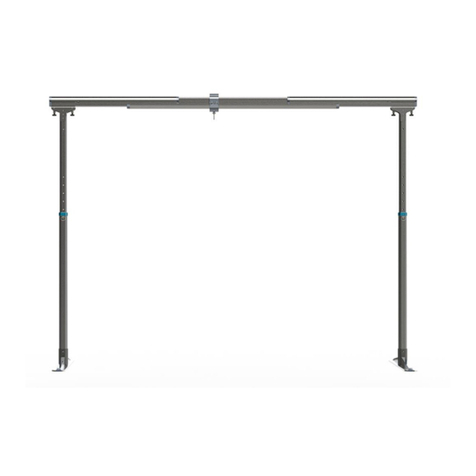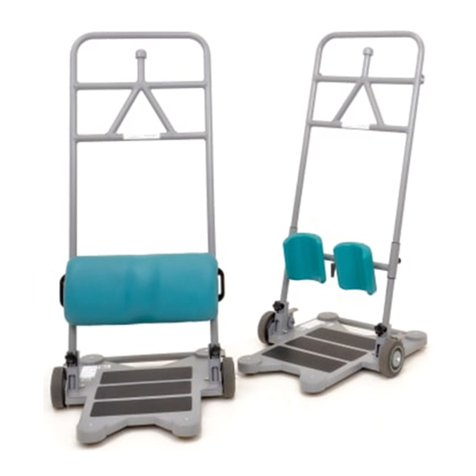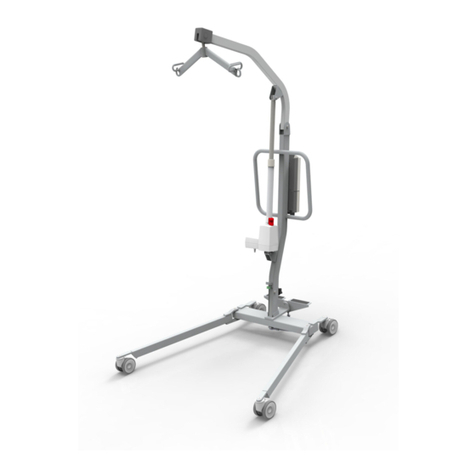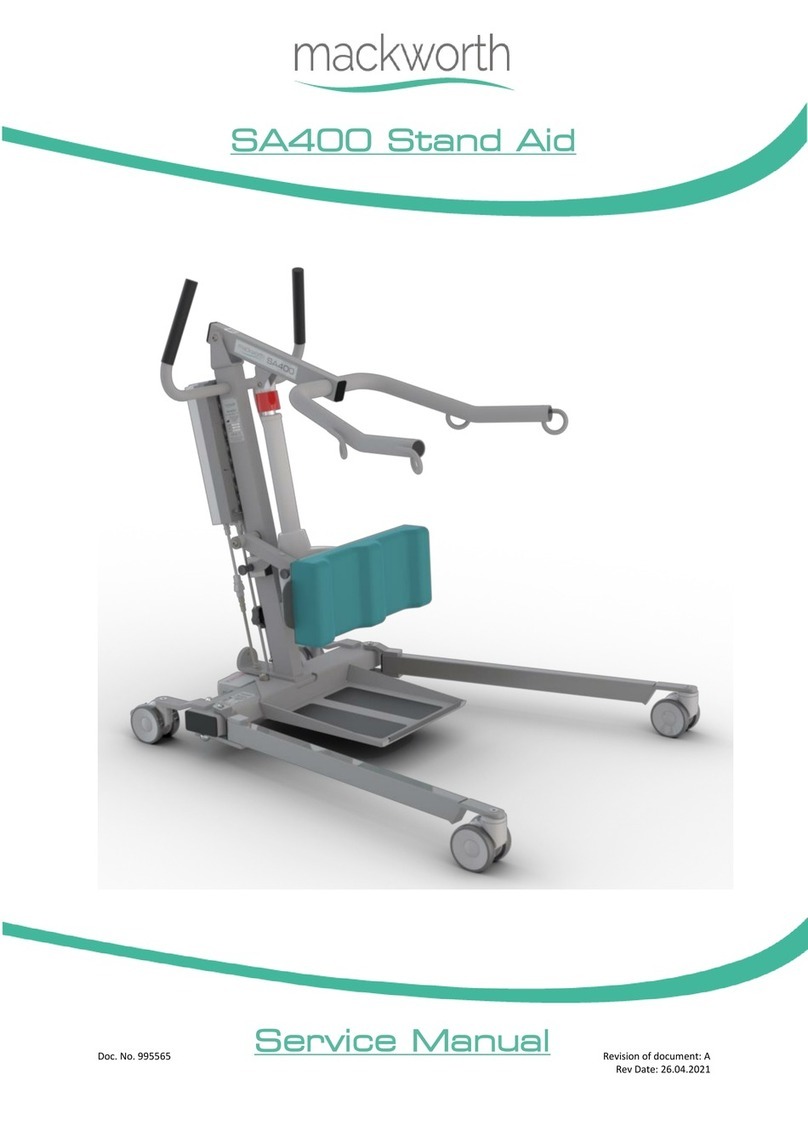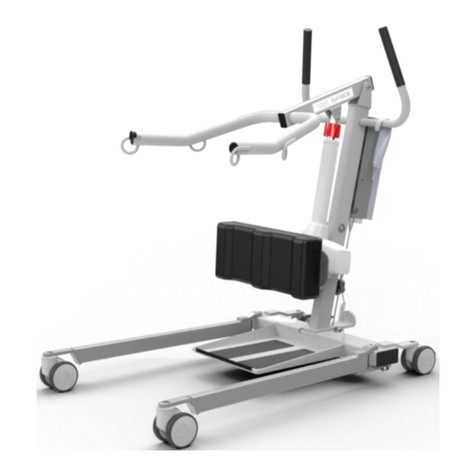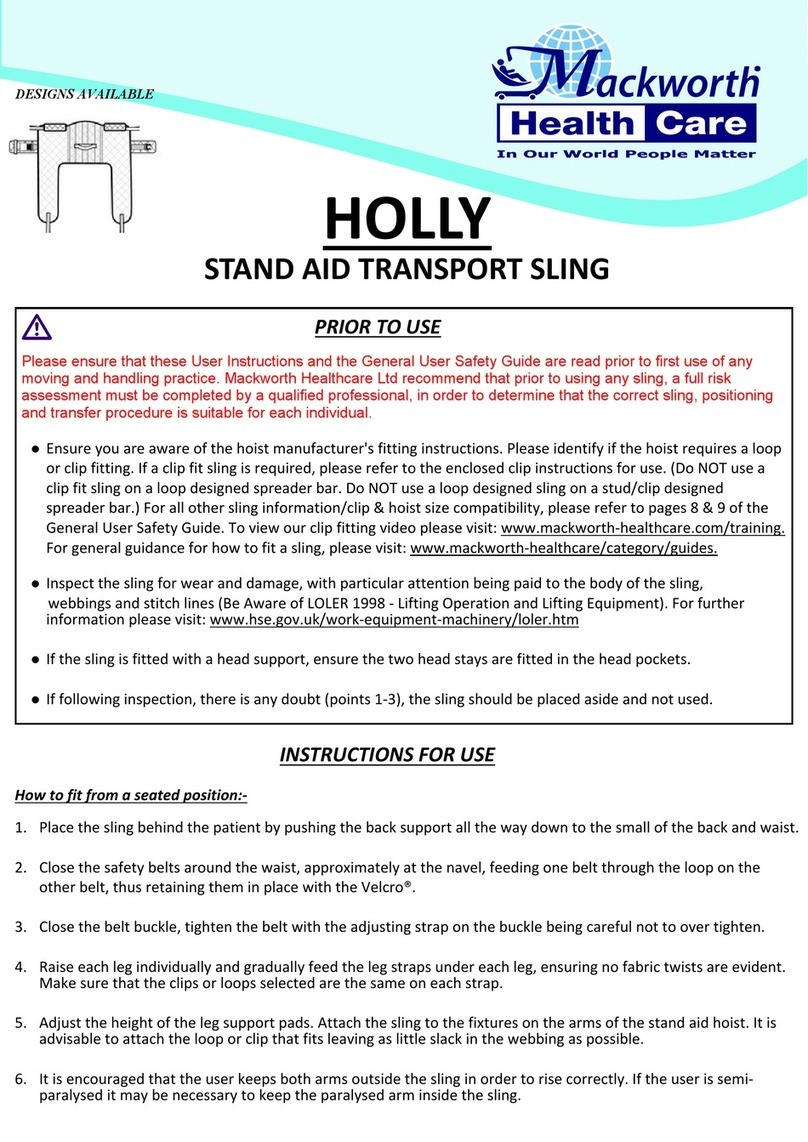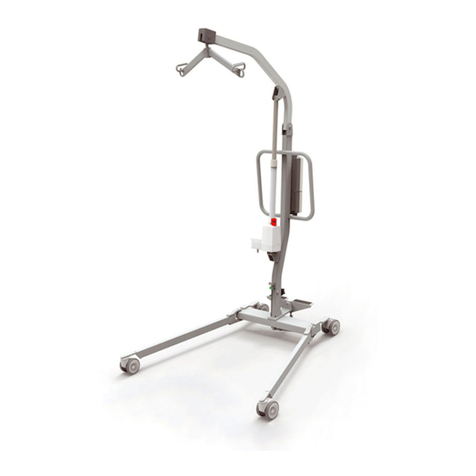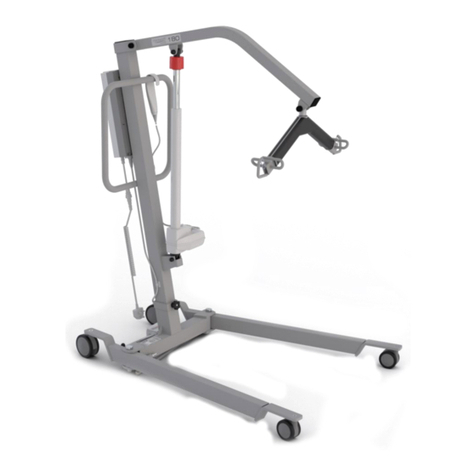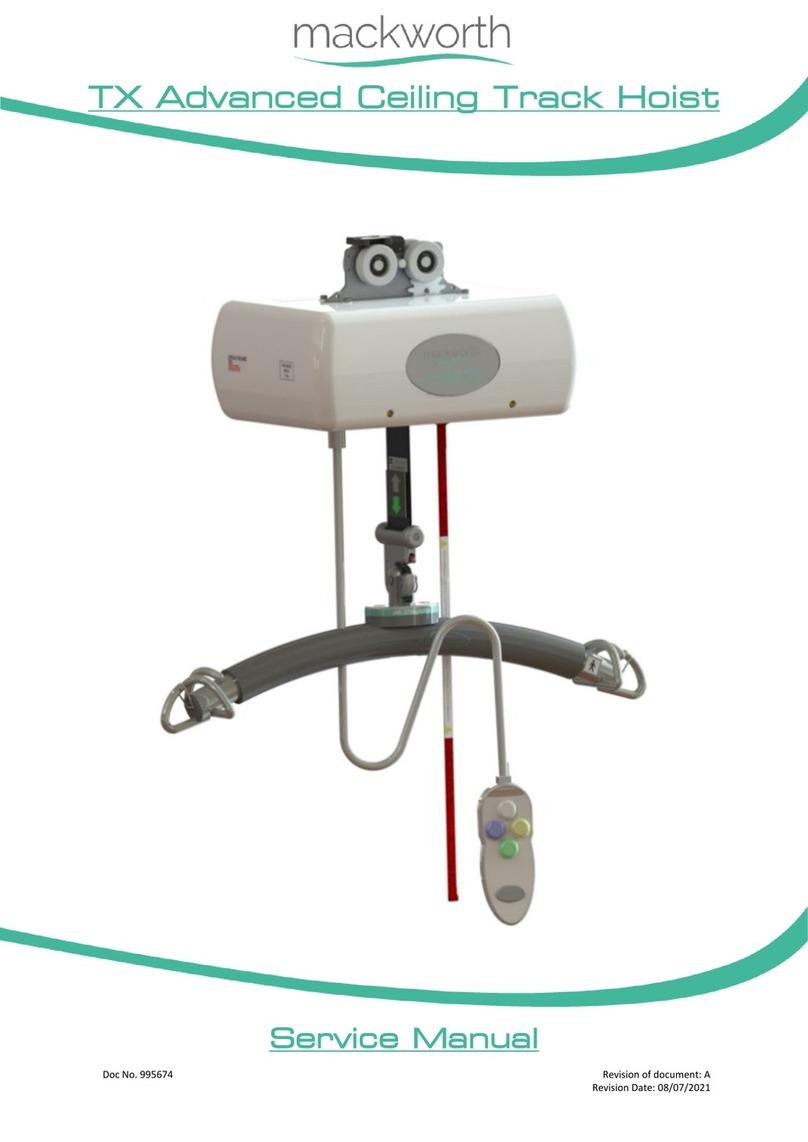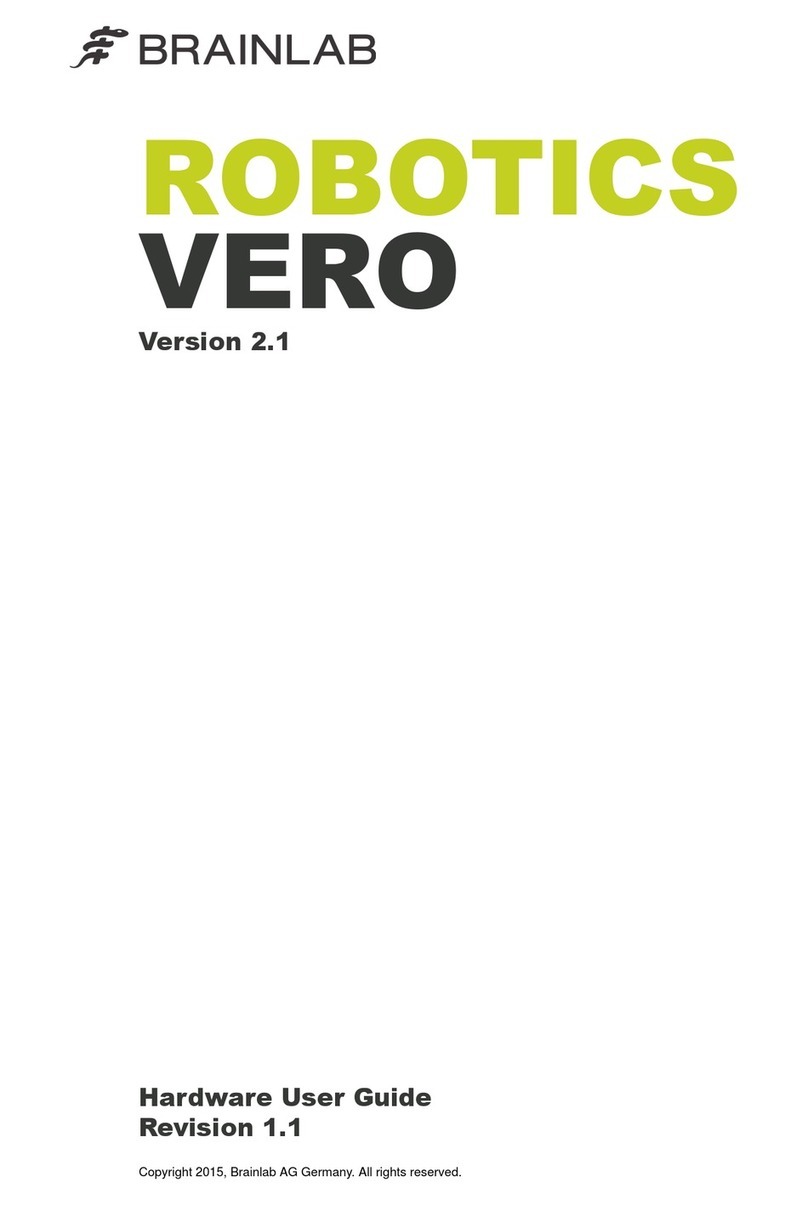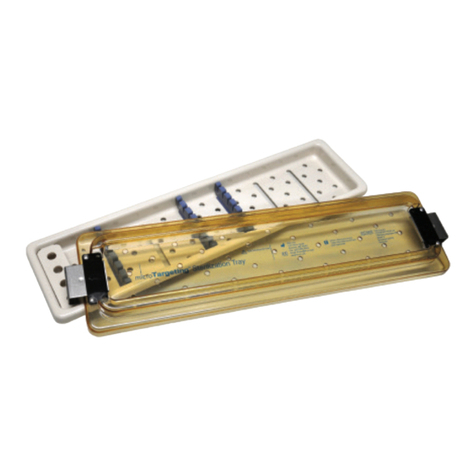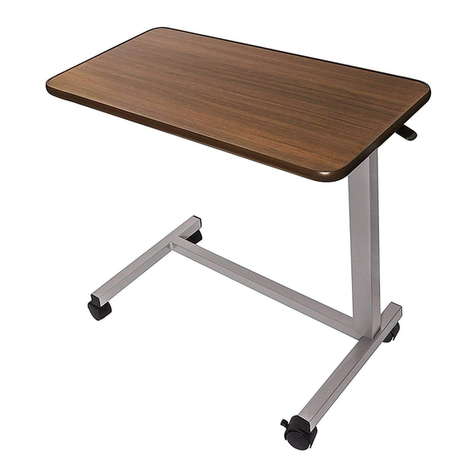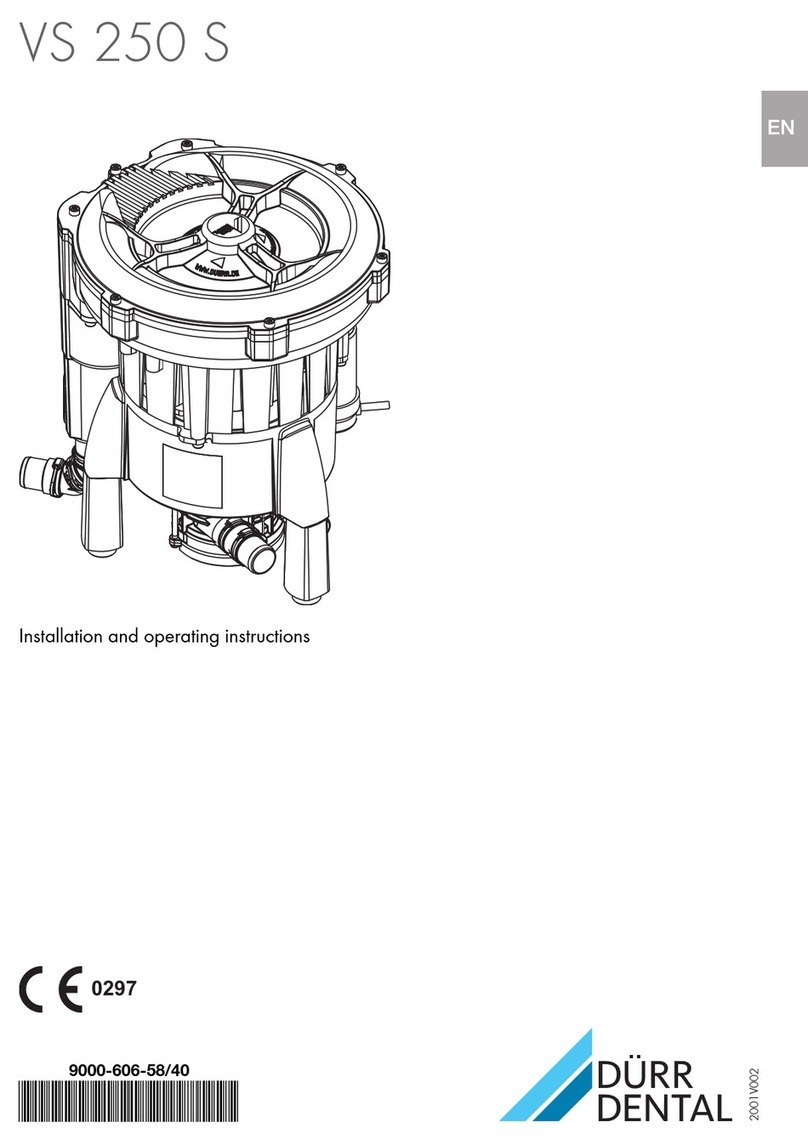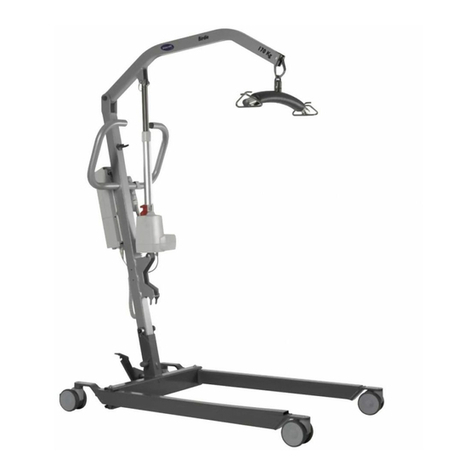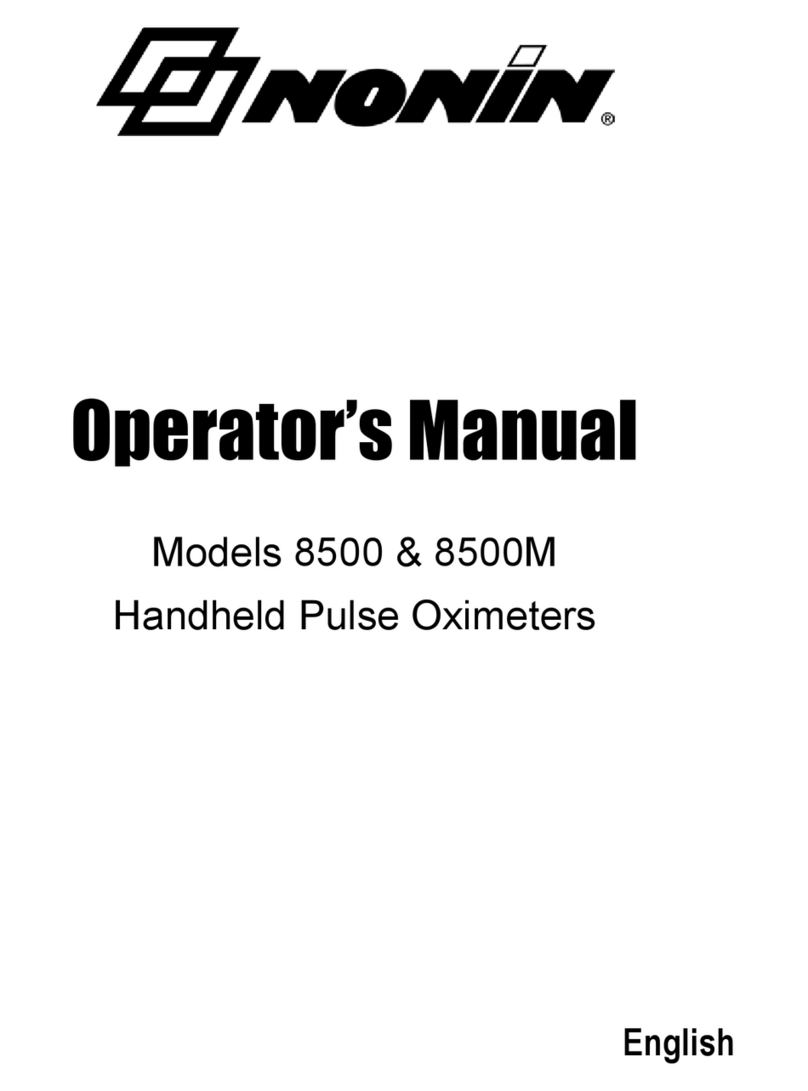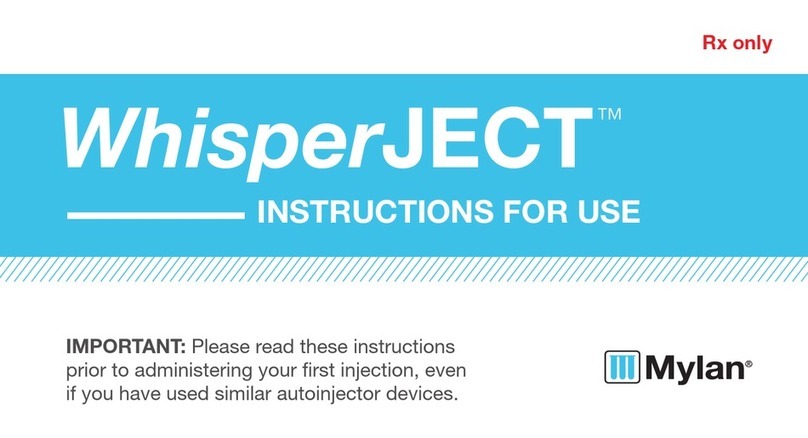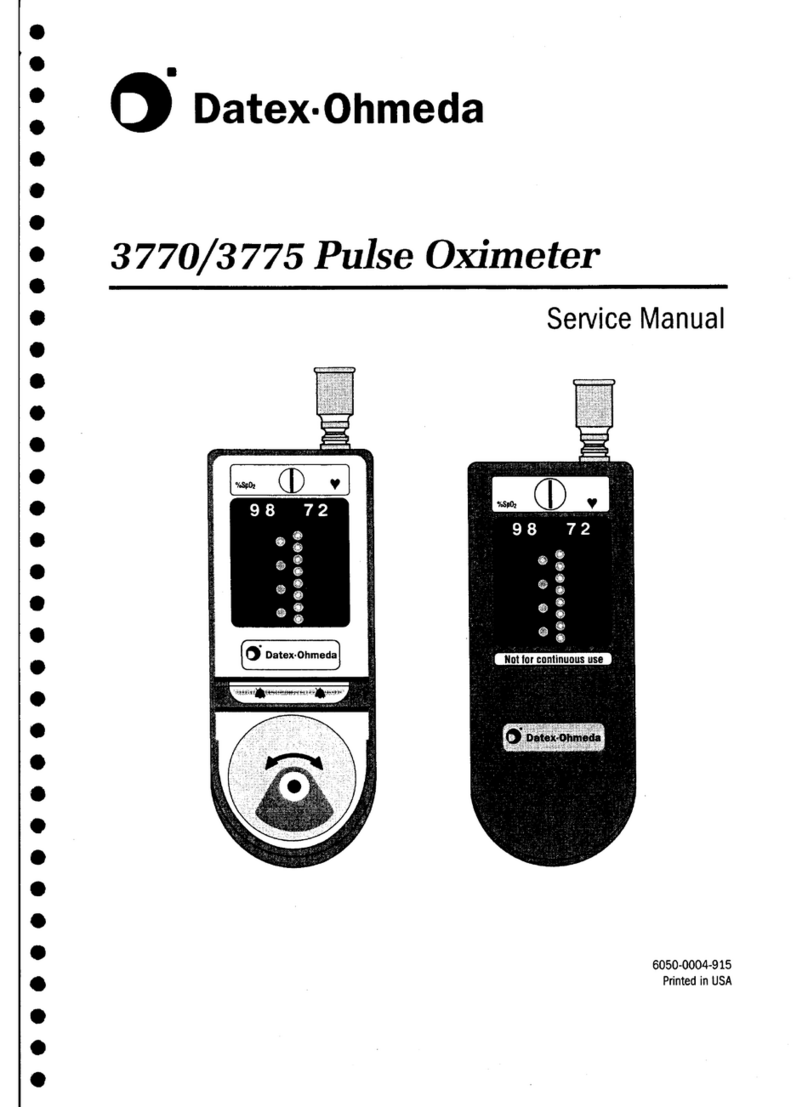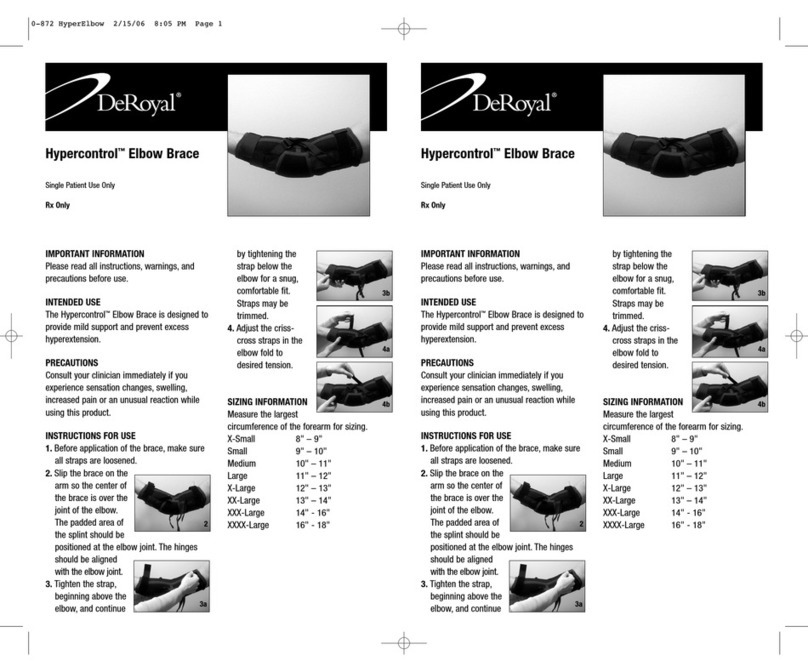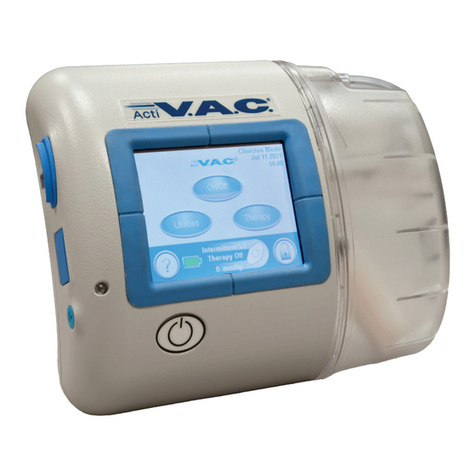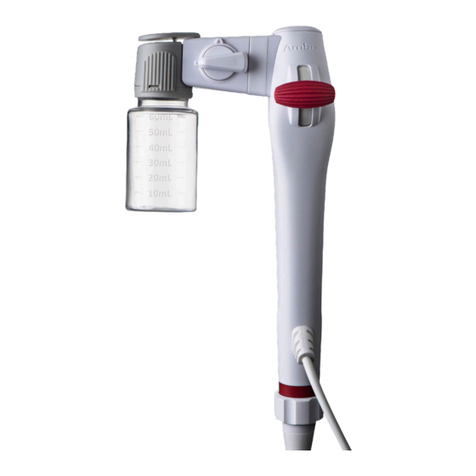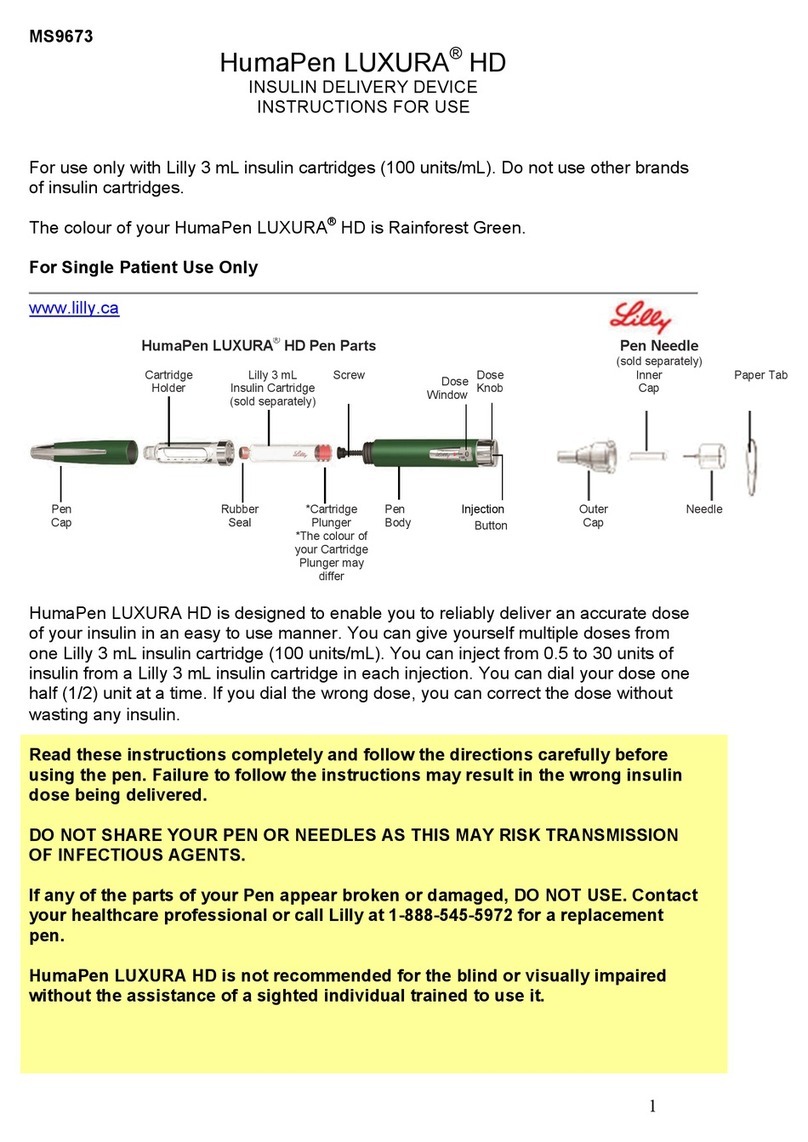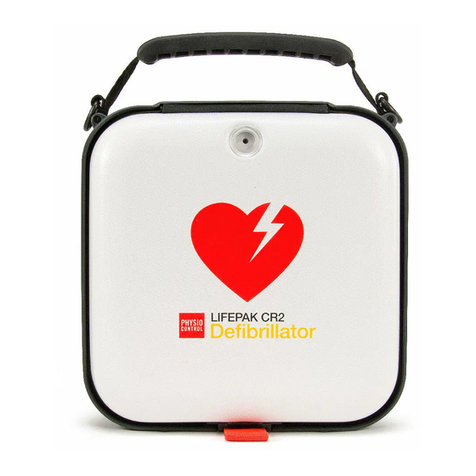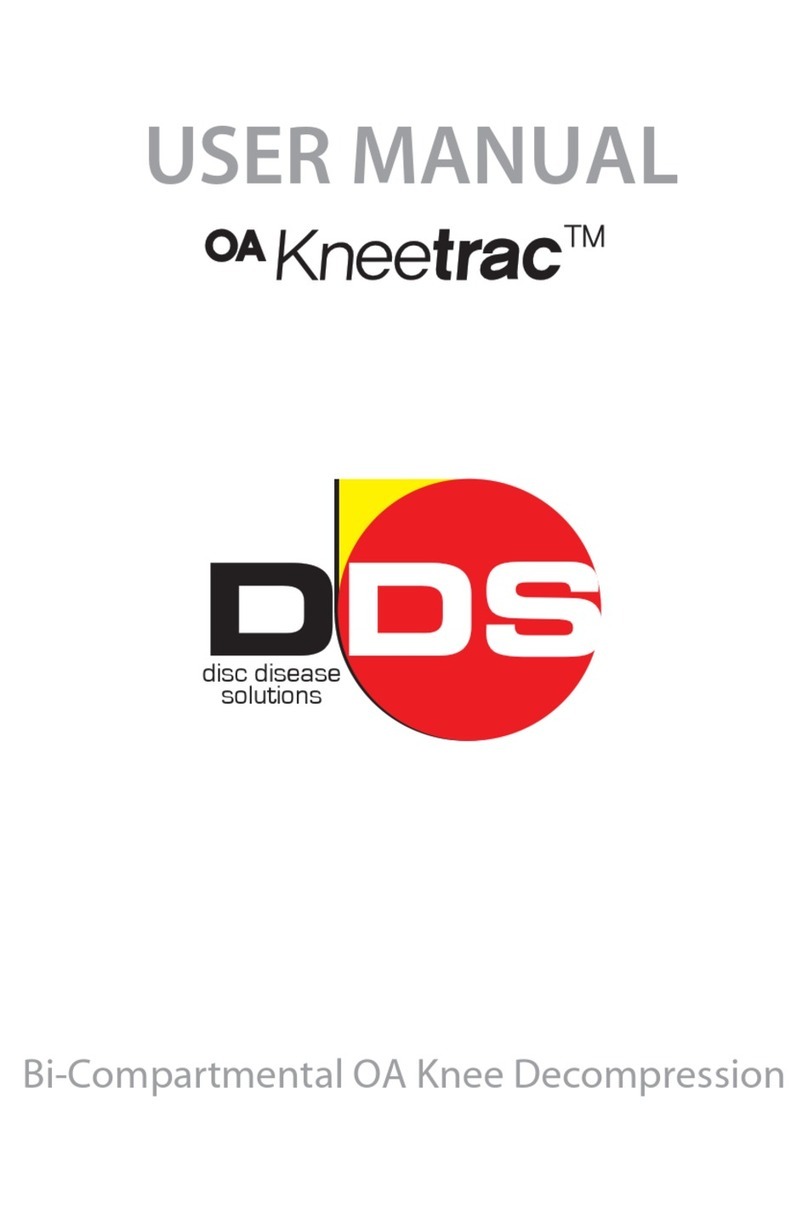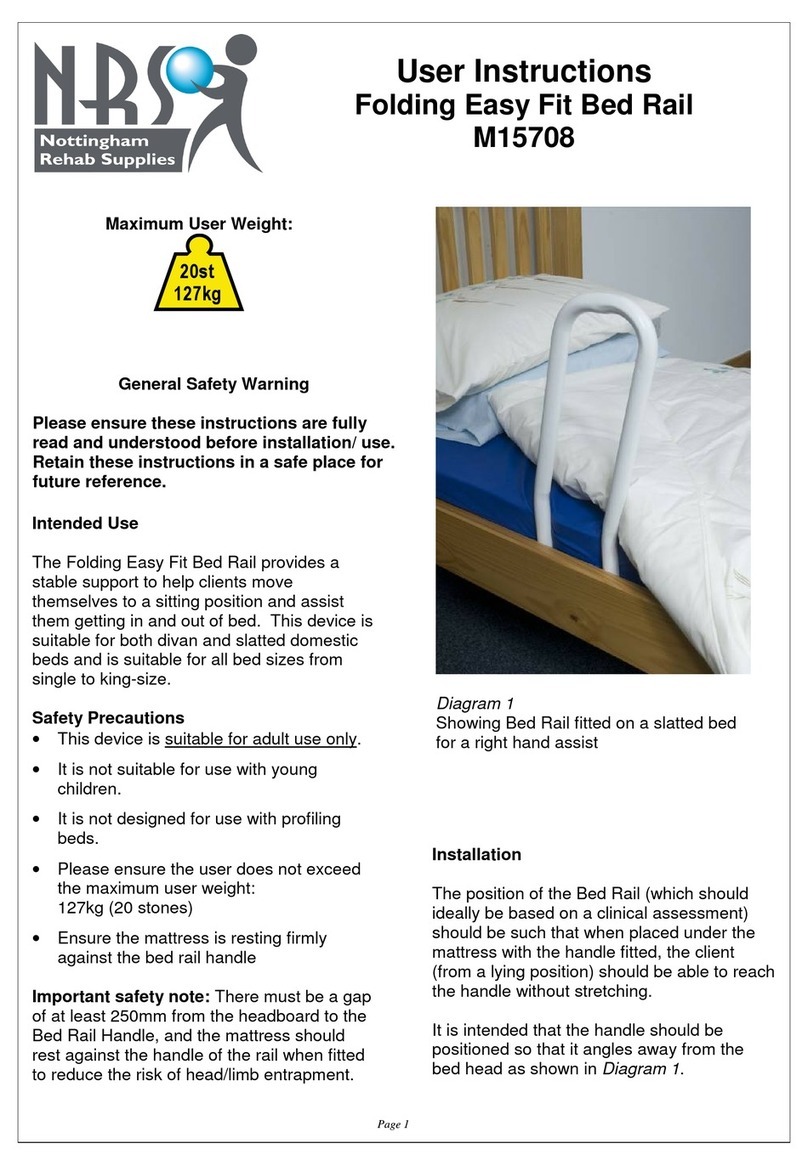Mackworth Healthcare Ltd, Mackworth House, Millers Avenue, Brynmenyn Industrial Estate,
Brynmenyn, Bridgend, Wales, CF32 9TD Freephone: +44 (0)800 779 7218 Fax: +44 (0)1656
ISSUE 5 14.04.15
®
How to fit from a lying position (Head section slings only):-
1. Using good manual handling techniques, roll the patient towards you so they are positioned on their side. To
introduce the sling, roll half of the sling up under itself so that when the patient is rolled onto their opposite
side, the sling can be unrolled until it is flat. Use the centre label at the nape of the neck to ensure the sling is
central with the body. Ensure that handle loops are to the outside.
2. Raise each leg individually and gradually feed the leg straps under each leg, ensuring no fabric twists are
evident and follow the relevant pictured fitting instructions for either long or short loop style sling contained
in this instruction sheet. By carrying out this arrangement, you are ensuring comfort and safety for the patient
during the lifting process. The front of the sling legs should be about 2 inches behind the knee. If you find
that you cannot achieve these positions then a different size sling may need to be considered.
3. With the sling now in place attach the desired loops to the hooks or clips to the studs on the spreader bar.
NB:Do not apply short leg straps directly to the spreader bar. Feed through as instructed within this leaflet.
*A. Raise the carry bar just enough to tension the straps and make sure that the loops or clips selected are the
same on each side of the sling and ensure they are securely attached before lifting the patient. The patient can
now be lifted as required. To remove the sling, carry out the lifting procedure in reverse. Important: Always peel
the sling away from the patient - this avoids skin shear and friction forces.
Please note:-
AS OF THE 1ST NOVEMBER 2011, IN ADDITION TO THE NORMAL PRINTED LABEL THE SAFE WORKING LOAD AND SERIAL
NUMBER IS NOW EMBROIDERED INTO THE SLING CENTRE TAB.
Washing Guidelines:-
*Follow the wash recommendations detailed on the label of your product.
*Always ensure that all Velcro® fastenings are fully closed before washing.
*For optimum fabric longevity, all products should be washed using non-biological washing detergents (inc. Conditioners
and fabric softeners), ensuring a full rinse to prevent deterioration to the sling fabric and skin irritation.
*Customers wishing to use biological washing detergent are advised that this may ultimately affect the fabric
integrity and longevity of the product. Customers are also advised that using biological washing detergent will
invalidate any future warranty claims due to possible deterioration in function of the product by not following the
manufacturers guidelines.
*Ensure any head stays are removed prior to washing. REPLACE HEAD STAYS AFTER WASHING.
*Never iron any sling product.
*Always wash your product at the temperature stated on the label.
Drying Guidelines:-
*Follow the recommended drying instructions on the label of your product.
*Overheating a textile product can cause deterioration in the material components.
*Do not place the product on a convector heater or steam pipes.




